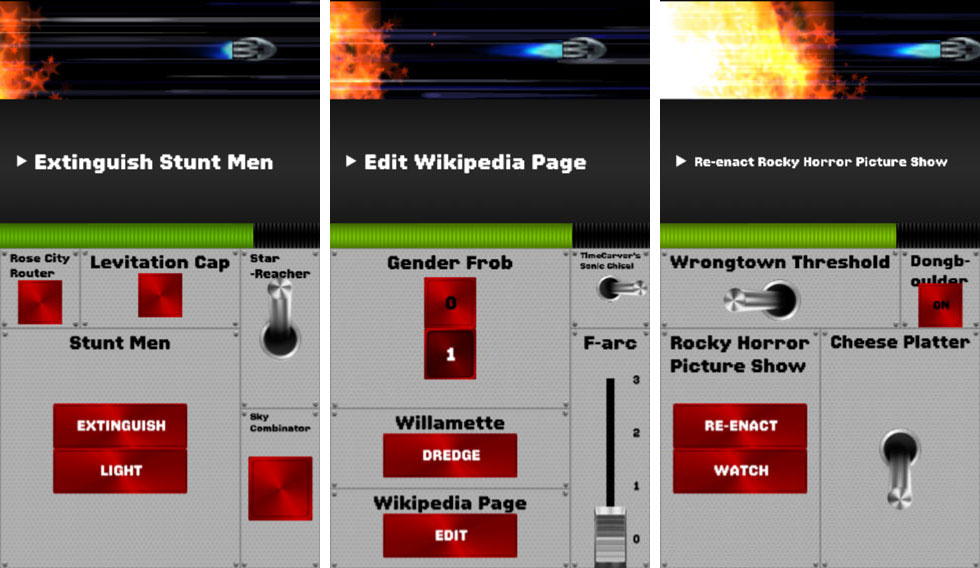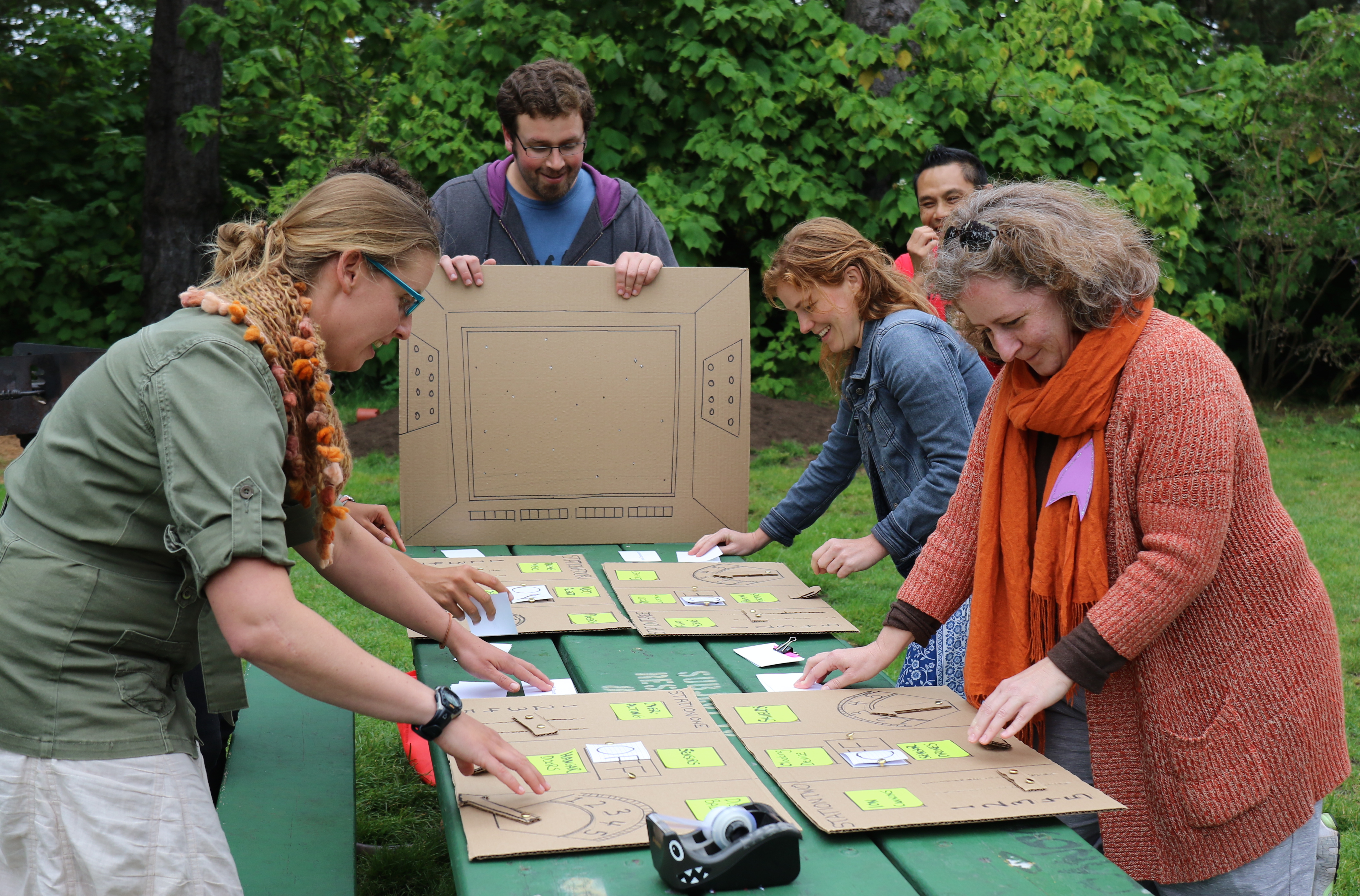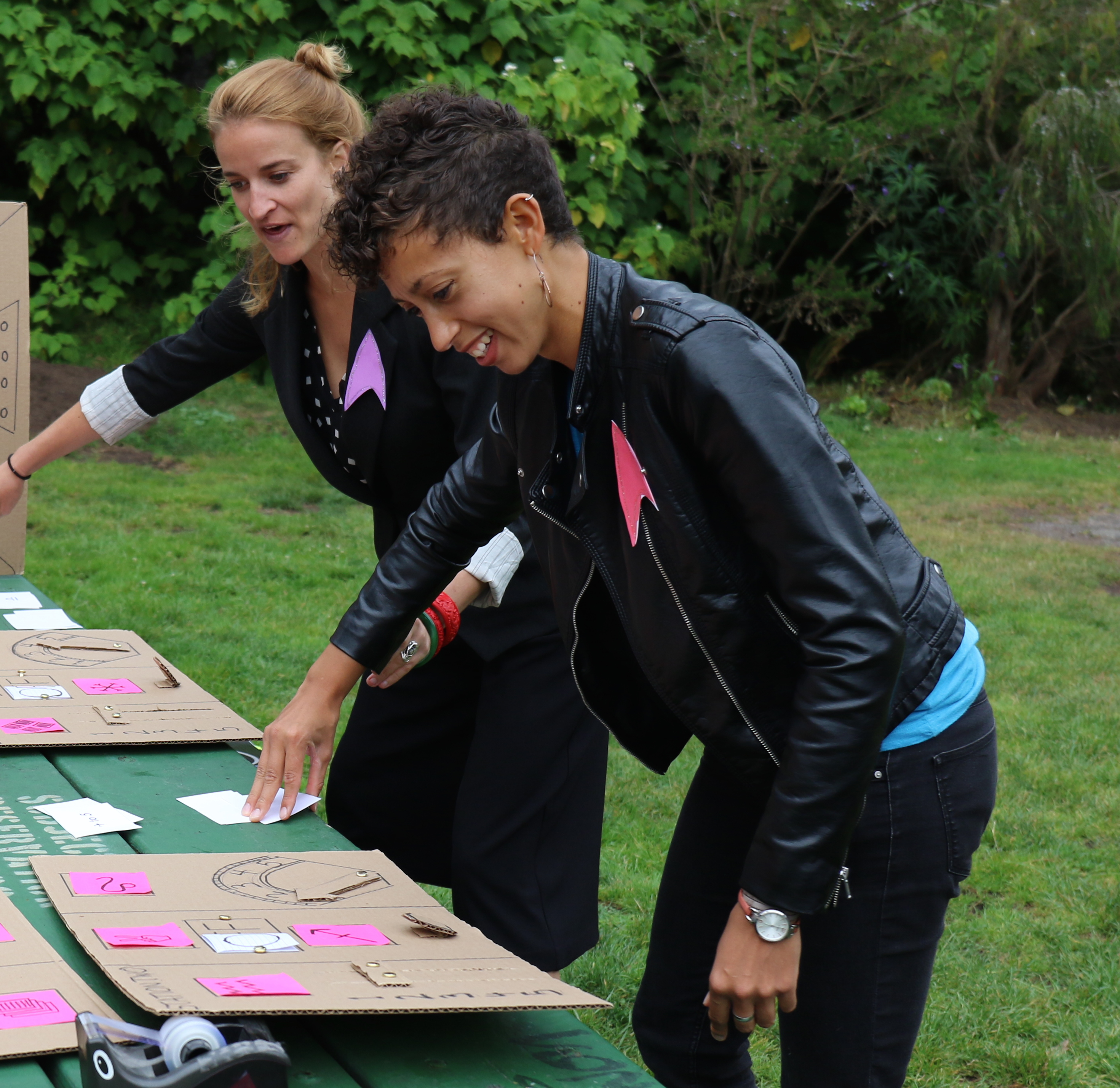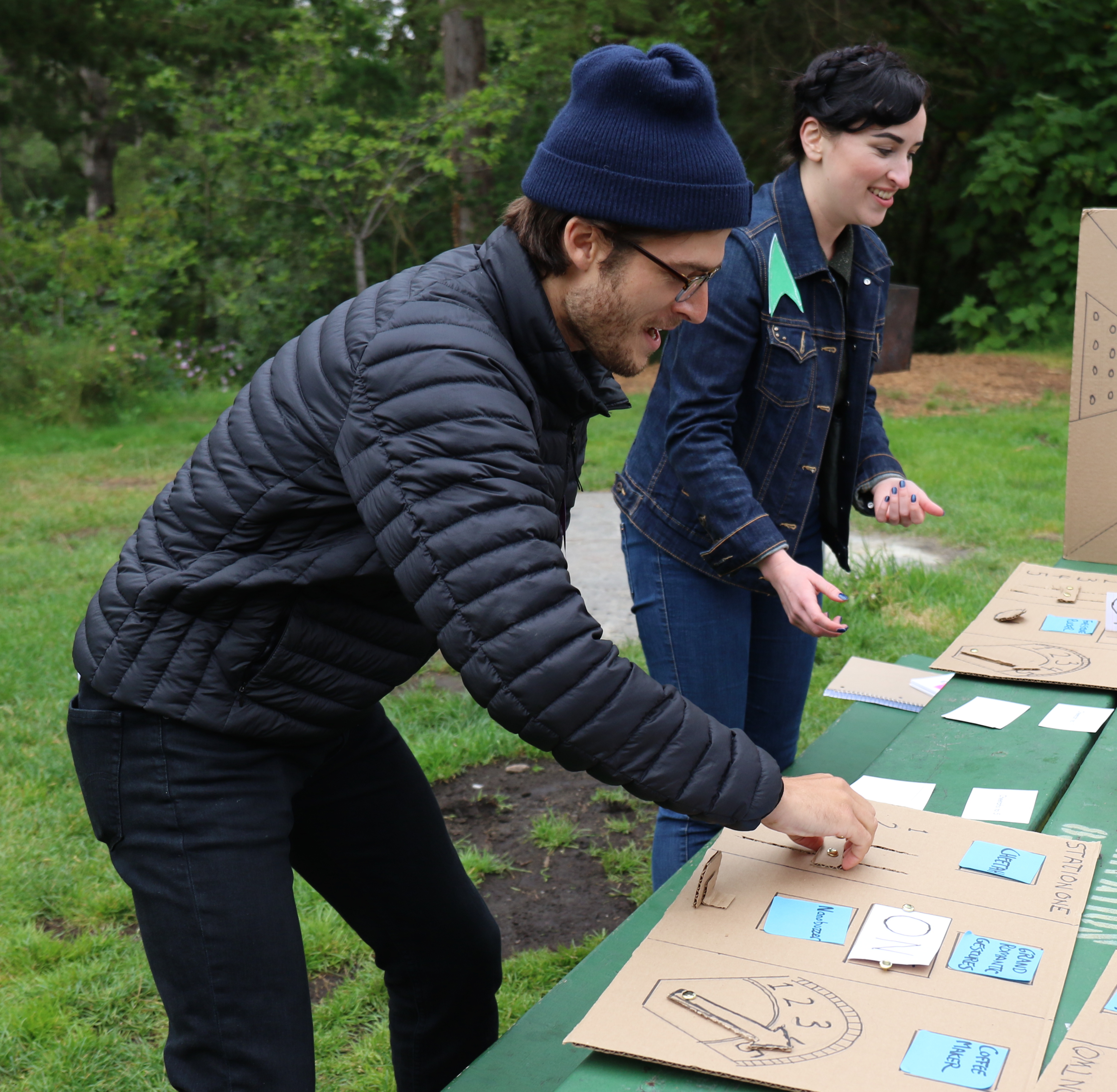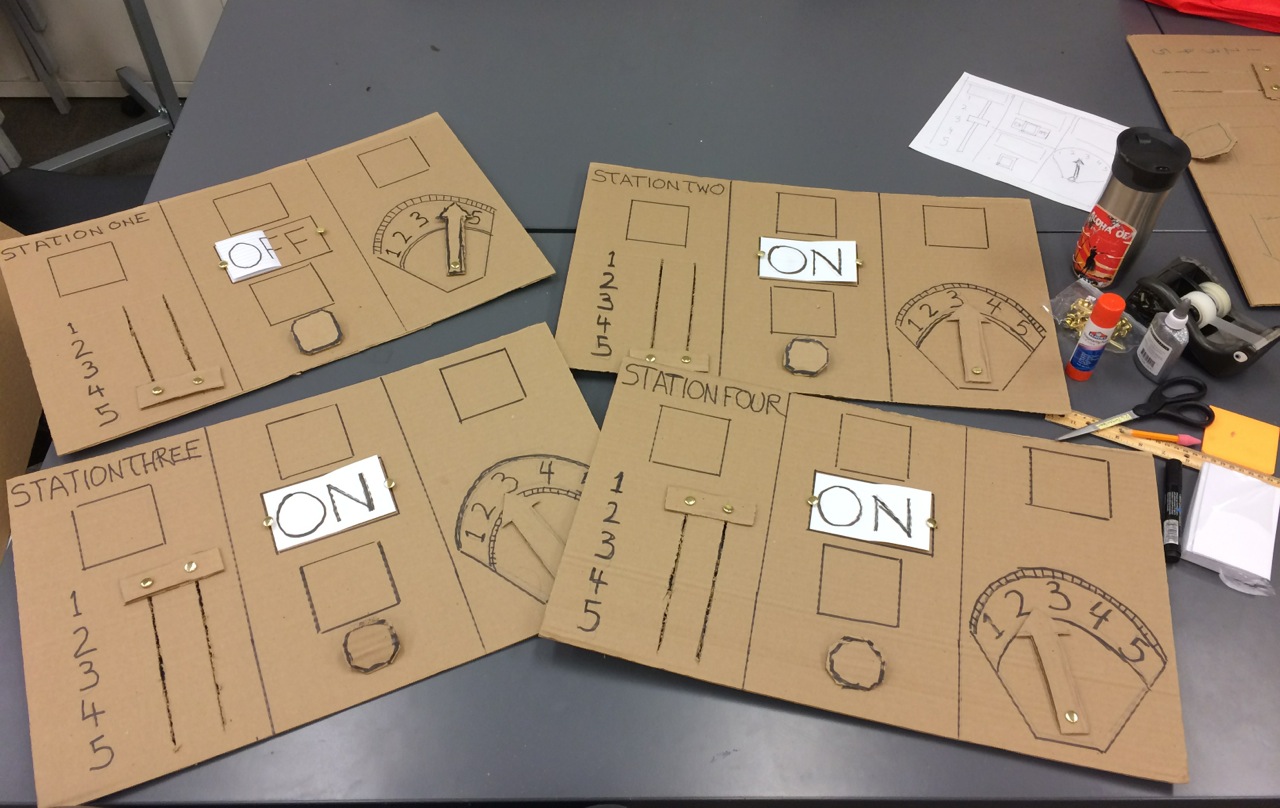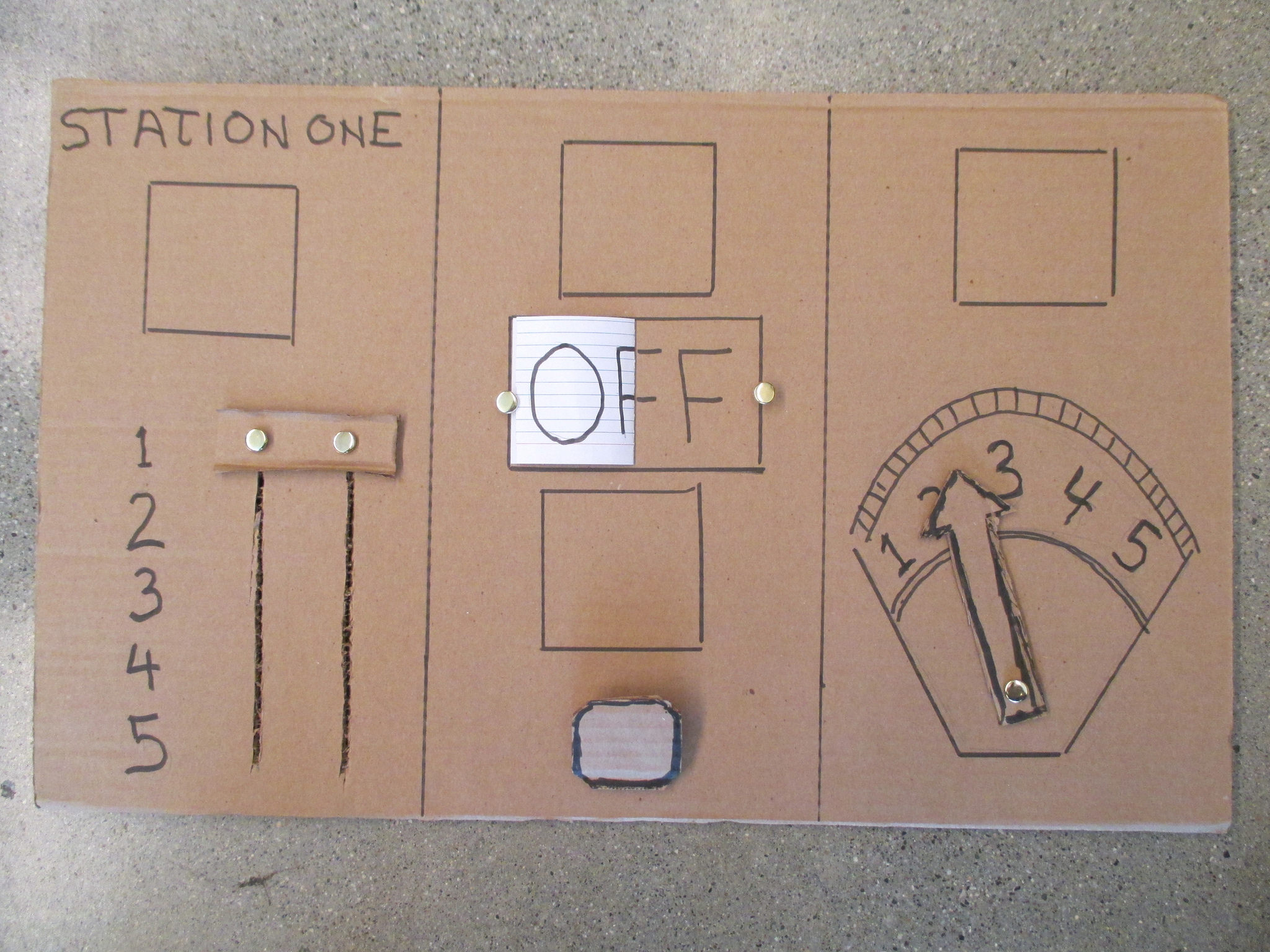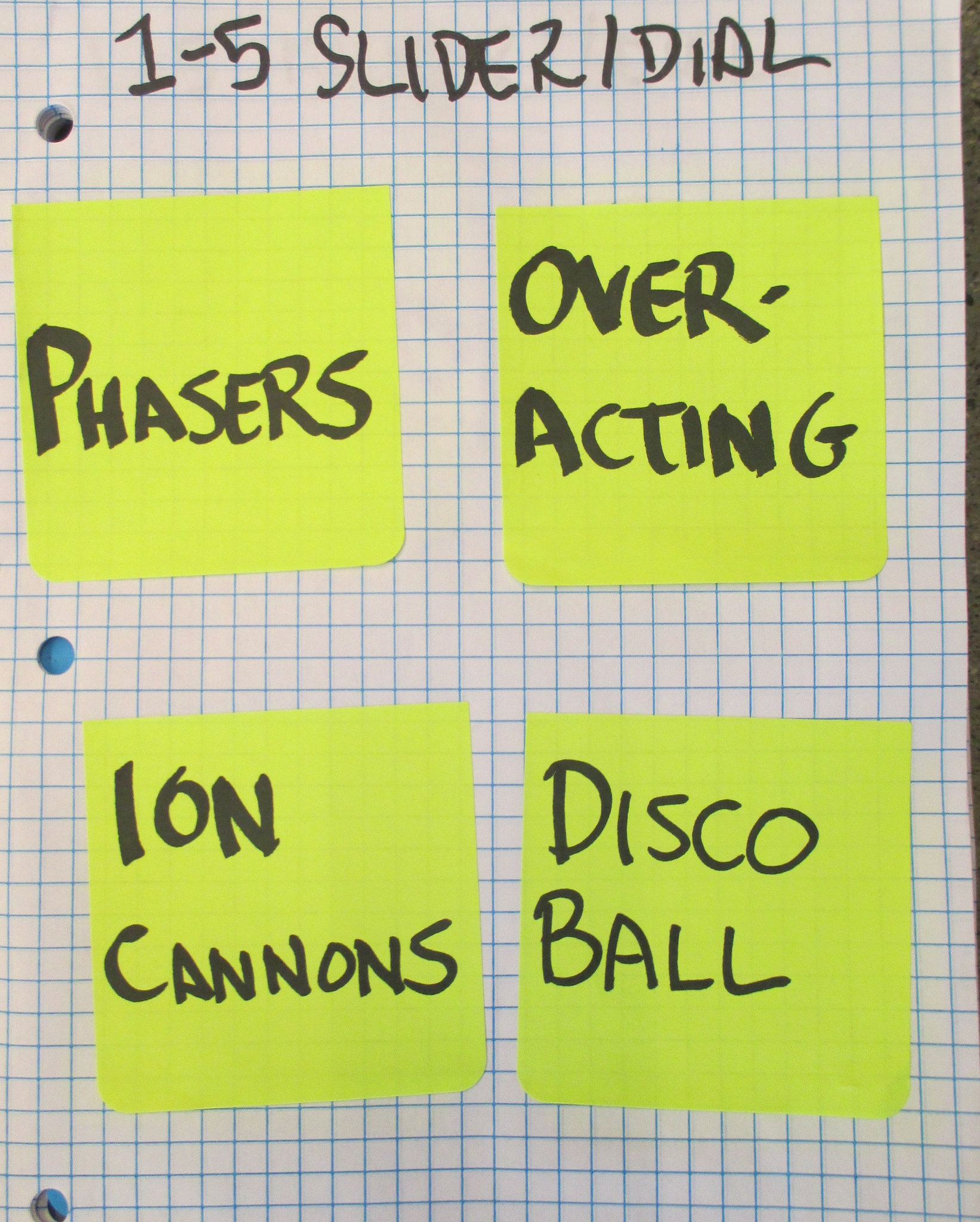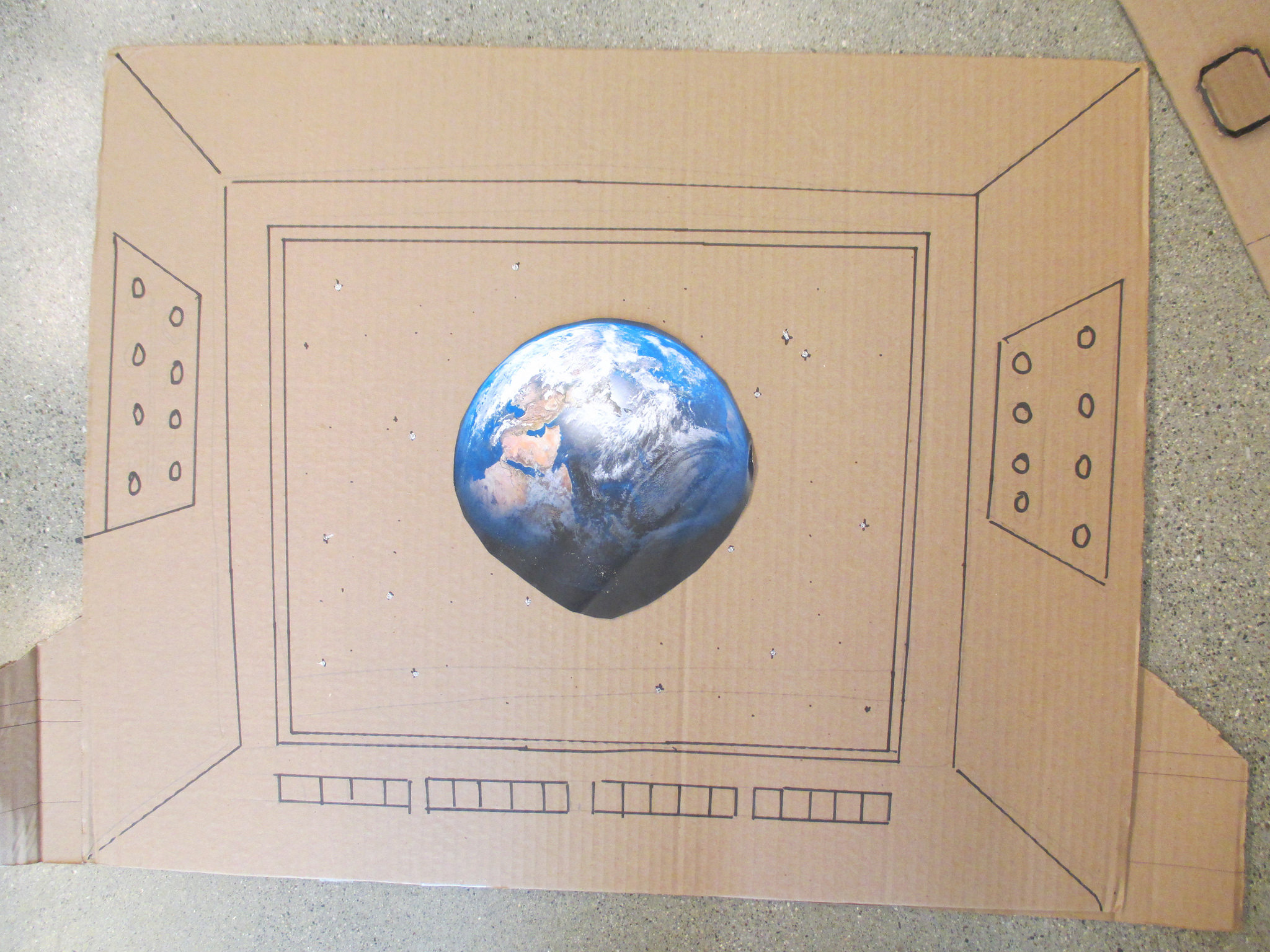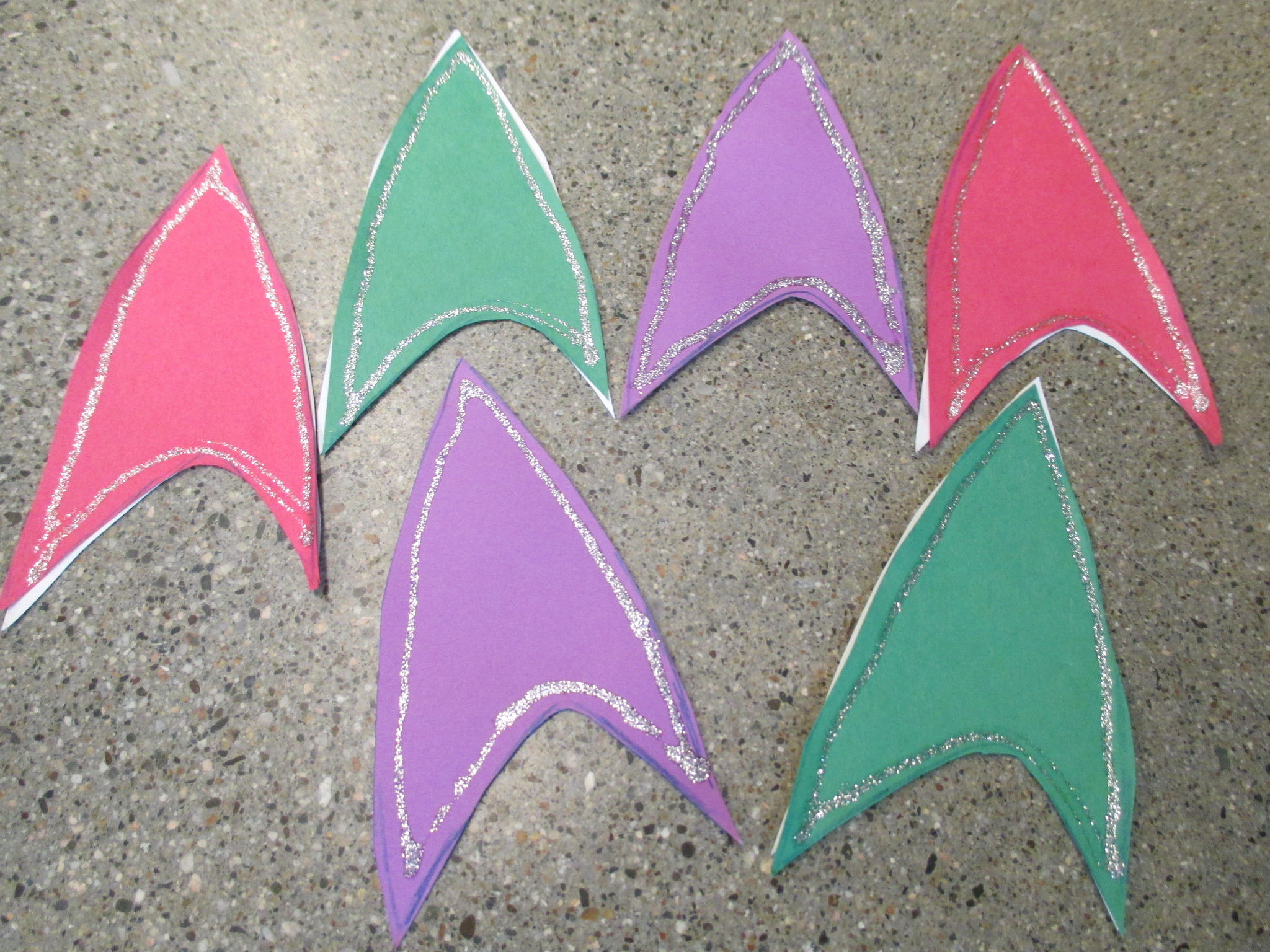The “cooperative shouting game” called “Spaceteam” has been a part of the culture of my Digital Learning team for a couple of years now, ever since my friend Manu turned me on to it. If you have never played, you need to download the app to your phone or tablet, get 2-3 friends together immediately and play it. It’s like no other game out there.
Basically, “Spaceteam” puts you and your friends in charge of a spaceship hurtling through space, each of you at the helm of different stations represented on your phone or tablet. The computer regularly issues orders to each of you, which have to be implemented by one of the players or… bad things happen. The catch is that an order that you receive might actually be for manipulating a control on another player’s screen. So you spend the entire game shouting out commands to each other in a race against time.
As game play proceeds, the commands get more and more ludicrous, malfunctions occur on your control panel, and the ship encounters various space phenomena. It’s always hilarious and exhilarating.
For a member of my team leaving to go to grad school, I decided to make an analog version of “Spaceteam” that could be played at her goodbye picnic in the park last week. It was a really fun challenge that involved several co-conspirators, including some of our teens and work friends. I think it turned out pretty well!
Here’s some pics of people enjoying the inaugural flight of “Analog Spaceteam.”
Here’s how we did it.
NOTE: some of these instructions won’t really make that much sense unless you have played “Spaceteam” before. So if you have never played, get with a friend and play through a few sectors to get the general idea before continuing.
HOW TO MAKE YOUR OWN ANALOG “SPACETEAM” GAME
Supplies
Here’s some stuff you will need:
-
Art supplies:
-
pencil, pen, ruler, markers
- paste / glue
-
cardboard / cardstock
-
brads / paper fasteners
-
40-50 notecards
-
double-sided tape
-
40-50 post-its – full stickie ones work best!
-
construction paper
-
glitter glue
- a bunch of foam balls or wadded up paper
-
- an iPad, or anything else that can do a countdown clock
Assembly Instructions
You will need the following items for Analog Spaceteam:
Ship’s Control Stations
You will need control stations for each of the “crewmen” playing your game. Here’s one of the one’s I made:
I assembled mine with cardboard, markers, brads, and paste. It took me about an hour to put four of them together. YMMV.
I decided on having each control station have one on/off switch, two sliders / dials that go from 1-5 and one “button”. You can add as many or as little as you have the patience for. At least four controls per station seems optimal to me.
Computer Commands Cards
You will want a deck of cards used by the players to find out what their next “command” is. I printed mine on to cardstock and then cut them out with a large paper cutter. You could probably also print them onto pre-scored paper to make this part faster.
I created three different decks, of increasing difficulty. The first deck was a “standard” deck, composed of familiar commands from science fiction (phasers, shields, etc.) plus some silly ones (“enable mood lighting.” Another “weird” deck I created contained a mixture of gibberish technobabble, animal names (I work at a science museum) and other inside jokes. The last “symbol” deck contains just symbols, which should be the most challenging. Each deck also had two “meteor” and “wormhole” cards, which are explained below.
Let your imagination run wild with these, but remember that you want people to commit to the fiction of being crewmen on a space vessel.
Control Station Labels
You are also going to need corresponding labels to put near each of your controls on the control panels. I hand-wrote mine onto stickies, so they could be swapped out quickly. I recommend the ones where the entire back is sticky like these. You could probably print these on permanent labels, if you were going to just use them once.
I found it easiest to put the stickies into a notebook organized by control type (standard, weird and symbol), and by the kind of control they corresponded to. This made assembling the control panels quick and efficient in between rounds.
Space Ship Viewscreen
I decided to create a ship viewscreen so the players knew if they were making progress toward winning the game or not. This was created with cardboard, markers, and space images (photos of Earth, in my case.) This is quite different from the real “Spaceteam”, in which the players see their spaceship being pursued by a comet that gets closer or further depending on how well they implement the computer’s commands. I thought of creating that sort of screen, but couldn’t figure out an efficient and clear way to make a comet race work with my analog game.
For the viewscreen, I simply printed out several pictures of planet Earth, of increasing sizes, to signify whether the crew was getting closer or farther away from home. It worked quite well!
Crew Badges
I decided to make badges for the crew to wear. Certainly not necessary, but everyone loved them. I used construction paper, glitter glue, and double-sided tape. You could also do antennae, tee-shirts, of whatever kind of costumes that might add to the fun.
“Meteors”
We had this idea to simulate the “meteors” part of “Spaceteam” by having the audience throw foam balls or wadded up paper at the players if that card was picked. Again, not necessary, but a fun way to encourage audience participation!
And now, let’s play…
Game Play
Roles
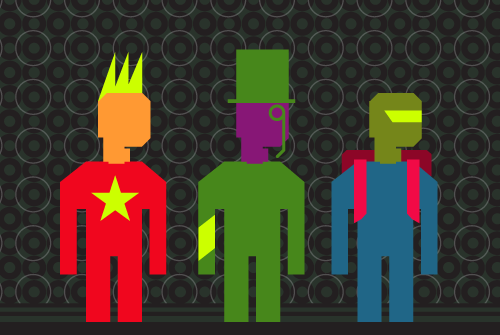
In our experience, having three people run the game was sufficient. You could probably do it with two people, but that might mean more delays in between rounds of play.
Here are the main roles for playing Analog Spaceteam:
-
An Announcer (the hammier, the better)
-
A Timer / Viewscreen Operator
-
Ship Control Stations Setup Person(s)
-
Up to 4 Players / Crewmen
- An Audience
Game Setup
Here’s the steps to set up Analog Spaceteam:
- Set up the Spaceship viewscreen so all the players and audience can see their progress.
- Set up the four ship control stations with the control panels facing down or covered.
- Select the 4 players / crewmen and position each of them in front of one of the control stations.
- Hand out the “Space Badges” to the crewmen, which they can affix using double sided tape.
- Hand out some “meteors” to the audience. Tell them they will know what do when the time comes.
Introduction
You can use some version of this introduction:
Welcome to Analog Spaceteam! As the crew of the good ship [insert ship name here], you have been on a four year voyage and have gone on many adventures together. And now, you are finally returning home to Mother Earth. It should be an easy mission, but you never no what could happen in the cold vastness of space.
To accomplish your mission, you will need to work as a team… as a SPACE TEAM.
The Rules:
- Each of you is in charge of specific controls that keep the ship operating smoothly
- The controls are different for each station
- You will receive commands from the flight computer — on the deck of notecards in front of you.
- You have a time limit to accomplish all of the orders from the computer
- You can only do one command at a time, i.e. you can only flip over one card from your deck at a time, which has to be executed before you can flip over another card.
- Remember: a command might be for a control on any four of the stations, including your own.
- If you don’t accomplish all of the orders on all of the stations within the time limit, the ship crashes!
- Watch out for meteors: If someone pulls a meteor card, you all have to duck for 5 seconds.
- And be on the lookout for wormholes: If someone pulls a wormhole card, you all have to spin around 10 times to escape.
Good luck, Space Team! Don’t worry, the ship practically flies itself!
Rounds of Play
General order of play:
- Announcer calls out “Engage!”
- Players turn over first card in their deck and attempt to get a crewmate to activate the corresponding command on the card.
- As each command is accomplished, the card is placed face down in front of the player.
- Players go through their deck until all cards are revealed and commands accomplished.
- If players don’t accomplish all of the commands in the time limit, the ship crashes.
- If they do accomplish all of the commands, they proceed to the next sector.
Sector 1
Sector 1 is the easiest round. Here’s the setup:
- Put the standard controls on the control panels.
- Pass out the control panels.
- Shuffle the standard computer command deck.
- Distribute 5 computer cards to each player, face down.
- Set the timer for 3 minutes (or less, if you have experienced players)
Sector 2
Sector 2 is slightly harder, but still uses the standard deck. Players rotate control panels one to the left.
Setup:
- Shuffle the standard computer command deck.
- Distribute 5 computer cards to each player, face down.
-
Shift control panels by one player to the left.
-
change viewscreen to show small sized earth.
- Set the timer for 2 minutes (or less for experienced players)
Sector 3
Sector 3 gets the “weird” computer deck, and each player gets 5 cards.
- Put the weird controls on the control panels.
- Pass out the control panels.
- Shuffle the weird computer command deck.
- Distribute 5 computer cards to each player, face down.
- Set the timer for 2 minutes (or less)
- Change viewscreen to show medium sized earth
Sector 4
Sector 4 the players get the hardest deck, the “symbols” commands. They also only get 2 minutes to finish.
- Put the symbol controls on the control panels.
- Pass out the control panels.
- Shuffle the symbol computer command deck.
- Distribute 5 computer cards to each player, face down.
- Set the timer for 2 minutes (or less)
- Change viewscreen to show large sized earth
End of Game
Once they clear sector four, change the viewscreen to show the largest size Earth. Announce that they made it home, and have the audience give them a big round of applause.
Cue theme music and thank people for playing. Remind them of the importance of working together … as a Spaceteam and to fly safely.
….
Obviously, you can modify any of this to fit your context. If you do create your own version of Analog Spaceteam, I’d love hear how it went and see pics of your awesome version. Post those here, send to rik@rikomatic.com or tweet them to @riktheranger .
I hope you found this helpful and contact me if there are any questions.
Thanks to Henry Smith, the awesome creator of “Spaceteam”, for being a good sport about this analogization of his fantastic game.

